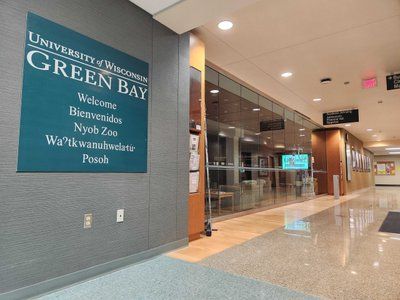By Tom Still
MADISON, Wis. – For years, Wisconsin could be described as a “flyover state” when it came to venture capital funds that historically clustered on America’s coasts. Why invest elsewhere if you could find all the talent and technology you needed in young companies a few blocks away?
It appears some of those investors have put Wisconsin on their flight plans … at least for a “fly-by.”
Ninety different venture capital funds from outside Wisconsin took part in 42 separate early stage deals in Wisconsin in 2021, easily a record for that class of investor interest outside the state’s borders. The previous high, according to research by the Wisconsin Technology Council, was 55 such investors in 31 deals in 2020.
Of the 90 investors who invested in Wisconsin companies in 2021, the breakdown showed 26 based in California – by the far nation’s leading venture capital state – 12 in New York, 11 from outside the United States, eight from Illinois and four from Massachusetts. Investors from 18 other states took part in one to three deals each.
A natural question to ask: Why did so many non-Wisconsin investors show up in what was essentially one-third of the state’s 119 total deals?
The short answer is co-investing, meaning many venture funds will invest with other venture funds if they find a worthy company and the size of the overall “raise” is too big for any one fund to afford or risk. That happens within the Wisconsin angel and venture community, and more frequently elsewhere within the nation’s 2,000 or so venture funds.
Co-investment deals don’t take place, however, unless there are reasons for the deal to come to the attention of other investors. That is part of what’s happening in Wisconsin.
- Some warm introductions are taking place, thanks to nationally known institutions that invest in the venture capital asset class. The Wisconsin Alumni Research Foundation and the State of Wisconsin Investment Board are good examples. Both have been a part of venture capital deals for years, although in different conditions. However, both organizations have extensive contacts in the venture capital world, especially on the West and East coasts.
- The costs of funding young companies in some locations, such as California’s Silicon Valley, have risen for local and regional reasons – not to mention company valuations that have become frothier. A dollar invested in a young company in Wisconsin, for example, can go farther than a dollar invested in parts of California or the East Coast. That’s in part because of generally lower costs of doing business, but also because company valuations in Wisconsin are often viewed by investors as realistic.
- There was a time when investors from outside Wisconsin may had confidence in technology solutions produced here, but less comfort in potential company leadership. Investors often want to invest in the “team,” meaning company executives who have successfully built, grown and sold companies in the past. As the Wisconsin early stage economy has matured, more such managers have emerged or been attracted to the state.
- There are more Wisconsin companies than ever that need to raise seven- or eight-digit rounds of investment dollars. That often means looking outside Wisconsin for the much bigger rounds.
“Very often, by the time a deal reaches the Series B round, there is no one here big enough to touch it and certainly not fund it all,” said Dan Einhorn of Capital Midwest, a fund based in the Milwaukee area.
Capital Midwest is one of Wisconsin’s largest and best-performing funds, so when he says there aren’t Wisconsin funds large enough to bring most companies through the “B round” (defined most often as the third investment round) that includes his own. Capital Midwest most often invests in companies in increments of $500,000 to $2 million or so, he said. Once it gets much larger, Capital Midwest is more likely to introduce the company to other funds than to lead the deal.
Such introductions are easier to make today, he said, because of “the higher quality of (Wisconsin) deals and better investors” who took part in the early rounds.
Wisconsin recorded $852 million in 119 deals in 2021, which was a record by $368 million over 2020 – which was also a record. That kind of progress, if it is to repeated within an uncertain 2022 economy, must involve more connections and syndication with investors outside Wisconsin.
Still is president of the Wisconsin Technology Council. He can be reached at tstill@wisconsintechnologycouncil.com.
###





